Featured Twitch Viewers
SparklyShiny
Edited by Charlie
My Journey With Breaking Games
Breaking games.
Think about your favorite game. How well do you know the game? Do you know it well enough to have an idea of how the developers think? Could you exploit that?
My friends and siblings have created a wonderful saying about me: “If I’m playing a game, I’m trying to break it.” This was lovingly crafted after many years of playing co-op games, and has even been adopted by my girlfriend. Why? Because if I’m playing a game, I’m trying to break it.
From what I hear, the experience is the same no matter who you ask.
You and I launch into a game. We engage in the co-op fun you’d expect for about the first hour or so. You walk back into the base expecting to see me and some project I said I would work on. Upon returning you find the project is abandoned in the corner, and I’m nowhere to be found.
“Where is this person I’m supposed to be playing this game with?” you ask yourself.
You look around for me and find that I’m running and jumping meticulously against every wall in the map.
“What are you doing?” you ask.
My response perplexes you more than it satisfies the actual answer you were hoping for.
“I found a spot on this wall I clipped on a little bit. I’m trying to see if I can climb it.”
You wonder to yourself why jumping on an empty wall is more entertaining than the real game. You go back to doing what you were doing. Perhaps you’re hoping that I’ll get bored and go back to playing the game.
“Didn’t he want to play this game?” You wonder. You set off to continue playing the game. Half an hour later you hear, “I BROKE OUT OF THE MAP!”
Anyone who plays games with me regularly is no longer shocked by this phrase; nor can they exude the same amount of excitement I seem to possess for accomplishing a seemingly superfluous tasks.
I wasn’t always this way. Once upon a time I was a normal boy just like everyone else. Every day after school I rushed home to play my favorite game, Jak 2 for the PS2.
This is where I had my first experience with the gaming ether, if only accidentally.
During an early mission I took a wrong turn and found myself lost and away from the mission. I would have turned back to follow my guide if not for the strange box on the floor that I had never seen before.
I hit the box and out came black and red trinkets. I was stunned. When I collected these trinkets… nothing happened. Those trinkets remained a mystery until many hours later. I was given access to a rifle by Krew (The leader of the resistance) and it turns out those trinkets were ammo capsules for the rifle. He immediately sent me off to the same location I had found the ammo capsules before, but to go a different route. This is where I learned I had unintentionally stumbled into the future for a brief moment. A moment in time I was not supposed to be in, but I had found myself in anyway.
The sequel, Jak 3 came out and I would similarly rush home to play that as well.
I loved Jak 3 and played it almost every day. It was an oasis amidst the chaos of my normal life. However, like the snake in the garden of Eden, the internet thrust itself upon me offering glitches beyond my comprehension. I bit into the apple and was forever corrupted by what I found.
The same day I walked to my favorite spot in the game, and thrust the disc out of the PS2 (PlayStation 2 for all you kids) with the game still running.
The fabric of reality broke open to reveal the invisible threads that held the world together. The world was not a huge world of buildings, people, and rules. There was nothing behind the buildings. The people and vehicles disappeared from existence when out of view. The most terrifying realization was that in this world I had pretended to rule over I was indeed truly alone.
The whole world, was just one carefully crafted magic trick.
I had freed myself from Plato’s cave.
Despite the Shakespearean theatrics, being able to see behind the curtains gave me a deeper understanding of how games are put together.
This was not the only exploit in Jak 3 that I knew about. The other exploit I learned is where if you use two abilities in succession, they allow you to fly as high as you want.
The other game I used to break out of constantly was Tony Hawk’s American Wasteland. American Wasteland had an interesting glitch where failing a specific move caused you to step through walls. Through experimentation, the funniest place to use this was on a casino level.
If you enabled the low gravity cheat code you could get up into the rafters of the level, use the failing glitch to get out of the level, and fall into the bottom of the map.
The interesting thing is that the casino level had a reflective floor, when you fell below the world you landed in an upside down version of the casino. My brother and I were perplexed by this. We called the area “Upside Down World.” There was something else funny about Upside Down World. In co-op you could see the other person below the floor, while they were in Upside Down World.
Eventually we figured out that the PS2 couldn’t handle doing actual reflections so to accomplish the shiny floor effect the developers made the floor transparent and put a copy of the level underneath the floor.
Why Break Games?
Through my years with gaming I’ve had a ton of fun breaking games. As a result I’ve also learned a lot about how they are put together. What’s important is that I didn’t break the games out of malice. These were games that I spent ungodly amounts of time playing. Even after finishing everything the game had to offer.
Breaking games came from a place of love and exploration. I wanted to continue my journey through games that I love in ways that transcended the original purpose of the media.
I reached out to a gaming speedrunner, Tomatoanus, who specializes in highlighting as many speedruns as they can, all while explaining every detail in the run. They were kind enough to get back to me, and had some perspective to share.
I think the number one reason is that we love them.
Why does someone take apart and put back together a wristwatch? Maybe because they're fascinated, curious, love the process of deconstruction and construction, they love wristwatches, all of these reasons can apply to games too.
-Tomatoanus
I have to thank Tomatoanus for this wonderful analogy. Someone who is very interested in games wants to take it apart just like someone who’s interested in watches or technology. Games exist as both an entertainment medium, but also as a technical one.
I think the tragedy of this tradeoff is that games cannot be easily deconstructed and reconstructed. Breaking games is a way of building intuition about how the game is made, but there is no way to analyze the parts like you can with a watch.
These experiences were the closest I could get to game development without years of coding and technical knowledge. Though it wouldn’t stop me from trying.
Speedrunning and glitch hunting comes from a place of love. People who love cars want to know how the engine works. They want to understand the insides and outs, the intimacies of these machines that they adore. Speedrunning and glitch hunting is the exact same way. We hold these things close to our heart, so why shouldn't we want to know more about them? To fully understand everything there is to know about it?
-Tomatoanus
I think everyone who breaks games has a deep passionate love for games deep down. However learning more about the games is not the only benefit.
There are many other entertaining benefits as well.
I love breaking games because it allows me to be in conversation with the developer in a way that other mediums and experiences don’t. All games are made up of pre-defined rules. Board games are the same as the fastest first person shooters. The difference is that first person shooters take a turn every 60th of a second, and would have a rulebook that requires a course in vector mathematics to follow.
They are the same because somebody, some “person,” thought about each rule and wrote it down.
The way you find bugs is by asking the developer, “Yeah but did you write a rule for this?”
Eventually you will find a rule they forgot, and you can exploit it.
Think about how you know the game to work.
It's important to think about how the game thinks. Reflect on all your knowledge about the game and try to build a roadmap in your mind for how the game thinks.
If you can figure out how the game thinks, you might be able to piece together ways you can use that to your advantage.
-Tomatoanus
If you think of the game as a construction of the developers you will learn where their weak points are.
Breaking games also allows you to experience alternate forms of play beyond what was intended by the developers. This is an experience known as “Queer Play.” I’m not here to argue the validity of the term itself, but I do choose to accept it’s definition as a means of finding motivation in a game outside of the developers intent.
Imagine you’re playing Hitman, but instead of trying to kill everyone you just want to roleplay as someone whose identity you’ve stolen. Imagine playing Super Mario 64 but not wanting to use the jump button.
Challenges like these require critical thinking, and personal problem solving that the developers did not account for.
It’s not often that you get to explore something that hasn’t been explored before. There’s thrill to making progress in your own challenges when the outcome is uncertain. “Designed” game experiences can’t simulate this experience well because the experience IS designed.
When you break games, you open yourself up to new realms of gameplay opportunity. Not only in exploring outside the designed space, but also in something called sequence breaking.
Sequence breaking is when you play a game’s missions out of order. This kind of game breaking is used often by Speedrunners.
Speedrunners are a community of people who arbitrarily decided that it was cool to finish their favorite videogames as fast as possible (Lets be clear, it is very cool). More often than not this involves, not just sequence breaking, but all kinds of glitches and exploits.
How To Break Games
There are a lot of ways to break games. Some exploits can be as complex as performing a seemingly random set of actions then all of a sudden Super Mario Bros is Transformed into Flappy Bird.
I’m going to give you the most general list of glitches/exploits that should apply to most games, and game genres.
But before I do, I have a special message from Tomatoanus.
Hi. This is Tomatoanus. I just wanted to interrupt this article for a second to say, as always, I hope you’re all doing well.
If you’re not, then please remember, as always, that there is a tomorrow and that no feeling is final.
No matter what’s going on, it cannot take that away from you.
How you’re feeling does not define you, and I know that it feels like what’s going on is all there will ever be.
But that isn’t the case.
It happens little by little, so small you likely won’t notice day-to-day, but someday in the future you’ll be able to look back and see how far you’ve come.
You’ll see that where you’re at now, well, it’s just that.
Where you are, rather than who you are.
There is so much more to you than how you’re feeling, and you’re so much stronger than you realize.
Please keep that in mind.
1. Non-Normalized Movement
The Oldest Trick in the Book and The Simplest
Normalizing your vector is an important concept in vector based movement. This means that whatever direction you are moving, you should be going the same speed.
I’m willing to bet that many of you don’t remember how vectors and trigonometry work. The truth is that many smaller game developers, and sometimes big ones, don’t remember their trig either.
If you are playing a game, try moving diagonally. If you go faster than moving forward you’ve found a glitch.
I recently discovered this bug in Planet Crafters when I was playing it’s 1.0 release on steam. When moving diagonally I got the feeling that I was moving faster. My girlfriend and I tested it. I indeed was moving faster. Now we only move diagonally in the game. OOPS.
Why does this work? Well if you press forward you move, lets say, 1 unit per second forward. If you press left you will also move 1 unit per second sideways. When you hold both buttons you are now moving 1 unit up, and 1 unit sideways at the same time. Therefore your total speed is:
or
2. Terrain Jumping Abuse
These Boots were Made For Jumping
Perhaps the second simplest thing to try in any game with real-time movement is to simply jump on surfaces and see what you stick to.
Keeping players inside the bounds of the game is actually an extremely difficult and thorough task. Developers want their movement systems to work on all surfaces to make things easy for their level designers.
When your character can go on any surface, that means that they CAN GO on any surface. The developers will try to keep you in with invisible walls and impossible terrain. If you test walls with a fine tooth comb you’ll find places you can stick to that the developers didn’t know about, or didn’t have time to fix.
3. Doing Things Out of Order
My teacher didn’t actually read my homework, they just gave me an A
Games are extremely complex pieces of software. Think about all the things that have to work together between the hardware and software for a game to function properly. Given all that complexity, the developers will choose to take a simple route when given the option.
Let me give you an example. Say you step into an area in a game that causes a brawl. The door is locked and will only open when you’ve defeated all the enemies. There is an NPC to talk to on the other side of the door, but you can’t get to them.
What game developers will do is use the physical door to prevent you from talking to the NPC rather than wiring the NPC only to talk to you after you’ve killed all the monsters.
Therefore if you can find a way to get within range of the NPC and talk to them, the game will assume you’ve finished the fight without ever having to do it.
A counterexample is in Dying Light where I did find a way out of the map, but the game is extensively protected from out of order missions so going to NPC’s early just causes you to be stuck with someone who doesn’t want to talk to you.
It was worth trying though :)
4. Animation Translation
Their Dance was Out of This World… Literally
Unsurprisingly, games need animations. It wouldn’t be Fortnite without all those dance animations. There are more than just dance animations though.
It’s important to think about the way a game keeps track of where the player is. Generally this is just a value. Around the value are a whole bunch of circles and squares to make sure that the player stays inside where they are supposed to be.
What’s important to note about game animations is that they are separate from the games physics system. Physics only happens when you let it happen, but animations are hard scripted movements which fight against the physics constantly.
If the game has animations that move the entire character in a direction, meaning it feels like the scripted part is actually translating the entire character, there is a chance you can abuse that to get things through walls or phase through the wall entirely.
“I did this to get out of bounds in The Sunwell in World of Warcraft using the animation and teleportation of my void elf passive”
- Charlie [Editor]
My favorite example of this is an exploit I found in Dying Light. The game’s jump from grab animation has a small translation right out of the jump which you can abuse if you get close enough to a wall. When done right you pop right through.
5. Physics Jamming
Objects in Bounds Stay in Bounds Unless Acted on by an Outside Force
Another issue plaguing any game with real-time physics is the concept of two objects being pushed against each other.
Real physics calculations are extremely intensive. In real life physics happen constantly on a microscopic level. Games don’t have the luxury to do this so they take shortcuts.
The way collisions happen in games is they check to see if one object will end up inside another object. If they do they need to be pushed apart somehow.
For a simple wall it will look something like this.
The blue line represents the half-way point of the wall. The object will always be pushed to the corresponding half of the wall the collision happens on.
Normal game movement happens slow enough that this usually isn’t an issue.
Now imagine a scenario where you are moving so fast that the next frame has you on the other half of the wall, or even all the way past it.
If this happens, the player will be pushed to the other side of the wall.
There are many ways to have this happen, but my favorite way is a glitch in Skyrim. Any game with pickup-able objects has the player directly influencing a physics body.
Therefore if you pick up a plate and press it against a wall the plate will attempt to find a safe place to be. It pushes off the wall to you, but it then gets stuck on you so it goes back into the wall.
This is just my best guess as to why this works. Eventually it moves so erratically that it pushed the player into the other side of the wall. The players collision takes priority over the moveable object therefore when the plate moves erratically it pushes the player out of the way.
When done successfully in Skyrim you can steal whatever you want from whoever you want because their inventories are literal chests underneath the ground.
7. Box Flying
According to All Known Laws of Aviation, There is No Way a Box Should be Able to Fly
Similar to the last glitch exploit. Any game that lets you move physics objects encounters a different problem. How does a game determine if you are allowed to jump?
Seems like a simple question, but is actually very difficult.
There are a few ways to do it, but some of the more common ways are to send a raycast (a virtual line checking for collisions in a single direction) directly below the player and see if it hits the floor.
Another way is to use a collision box and see if the box is colliding with anything on it’s bottom.
Fairly simple so far. The issue is when the game has moveable objects. Having physics objects adds a lot of work to game development because you have to label either every floor or every physics object as something the player can use as a jumpable object.
As you can imagine this is very complex. This leads to mistakes, or developers ignoring the issue due to time constraints.
Say the player can hold a box and that the box always tries to stay a certain distance from the player. If the player jumps while holding the box, the box will attempt to follow them. The player and the box will meet in midair, both suspended by the other.
If you can jump again, the process will repeat until you go as high as you want or hit a ceiling.
8. Placeable Object Abuse
Putting it All Together
One of my favorite ways to glitch a game is through placeable objects/building systems. If you intend to move objects around you might be able to reach places the developers didn’t intent.
However, if the developers let you build your own interactable objects, you will have even more room for abuse. The perfect object is usually something like a ladder.
Ladders in games are actually really tricky to implement. Since the players coded locomotion is for running around and not climbing ladders, it’s easier for developers to just code special ladder movement and switch to it when the player interacts with a ladder.
In general this means that the player snaps into a set position on the ladder. This is ripe fruit for abusing.
Imagine if you could get a ladder right next to the wall and face it backwards. If you could do that you could interact with the ladder, get sent to your designated ladder spot, and be on the other side of the wall. All you’d have to do now is get off the ladder and you’re home free!
Side Note: Often when games have building systems they will prevent you from placing things in “off limits” positions. There is room for abuse here too. Games will typically check for placement viability a frame or two behind your movement. So if you can get close enough, and put it down fast enough you might be able to get away with putting something where it shouldn’t be.
There are all kinds of ways to abuse objects like this. If you notice in a game that a placeable object snaps you in position to use it, see if you can get it to a weird or unexpected spot.
Conclusion
This is about the most basic guide I could make for getting started on glitching games. I wanted to write a little piece about why I do it as well to help others understand where I’m coming from. I have a lot of fun playing games on my own terms, and sometimes that means setting challenges for myself that have nothing to do with the games at all.
Over the years I’ve picked up patterns in the ways developers make mistakes, and wanted to do my best to share them with you.
I also want to give a huge shoutout to Tomatoanus for chatting with me and providing their unique insight. Go subscribe to their Youtube channel using the video above. They also stream speedrun attempts live on Twitch at https://www.twitch.tv/tomatoanus. Go and drop them a follow.
I also livestream on Twitch at https://www.twitch.tv/bitsnpixels_. I stream a morning gaming news show from 8am pst to about 10am. I also do writing co-working where you can watch me write these articles live and even get featured.
Check Out Nick’s: Bluesky | Steam Curator | Writing Livestream | Youtube | Instagram | Tiktok
Chat with the writers themselves on the Bits N’ Pixels Discord Server!



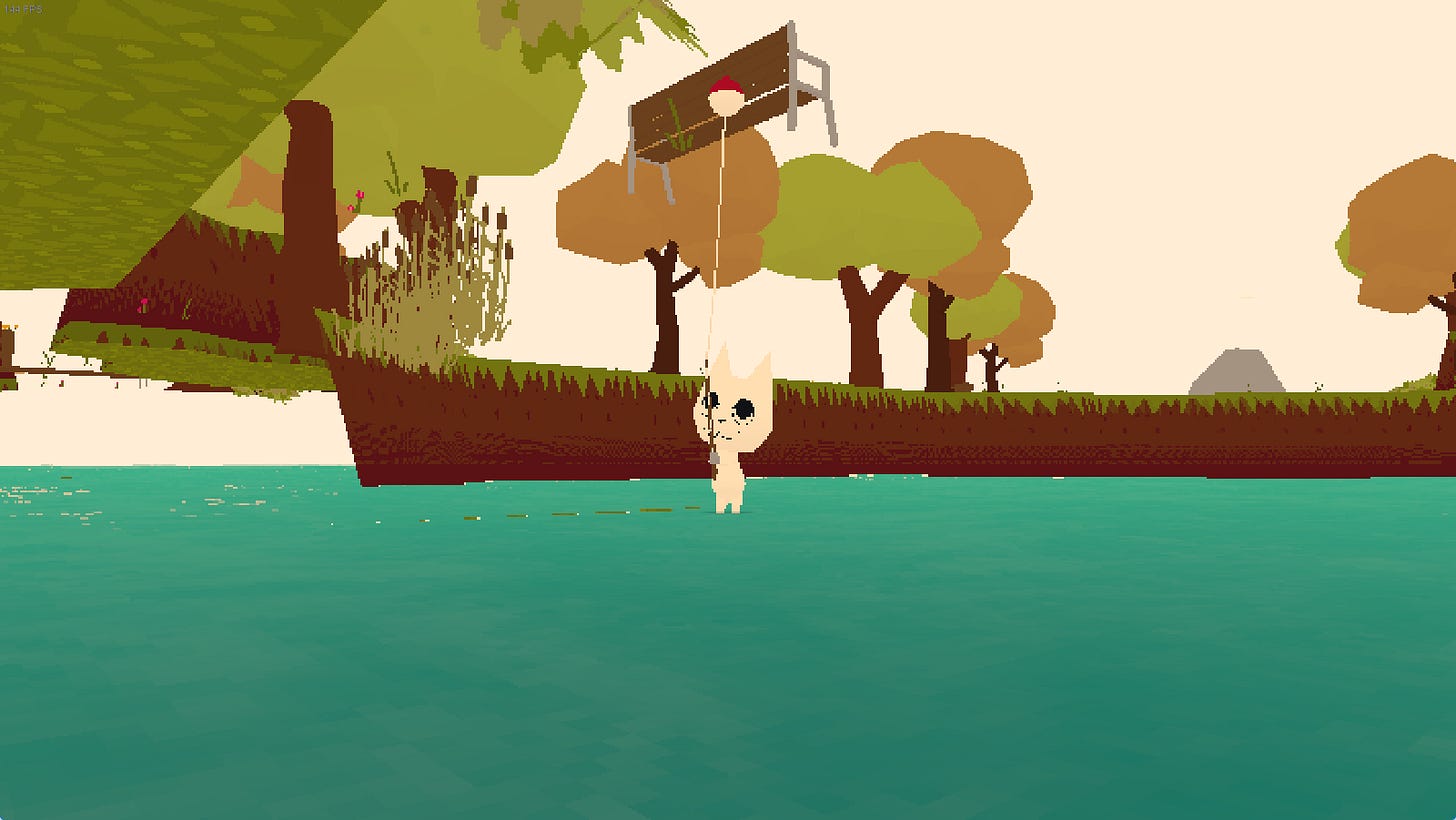
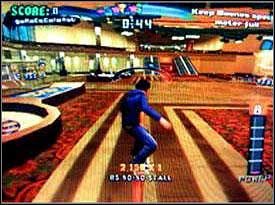
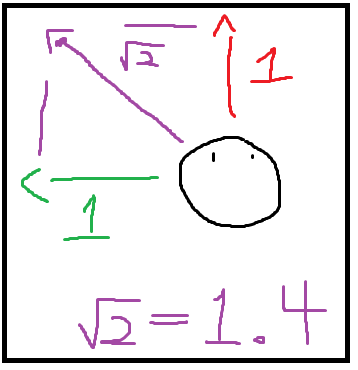
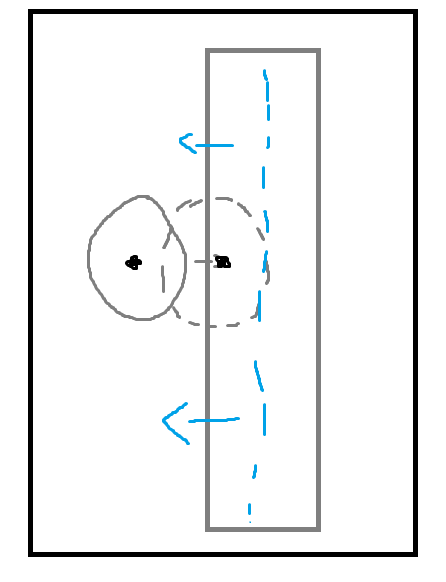
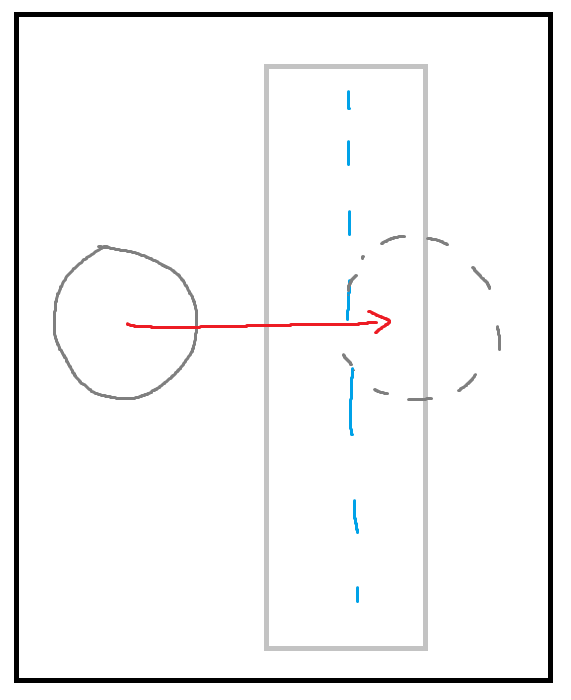
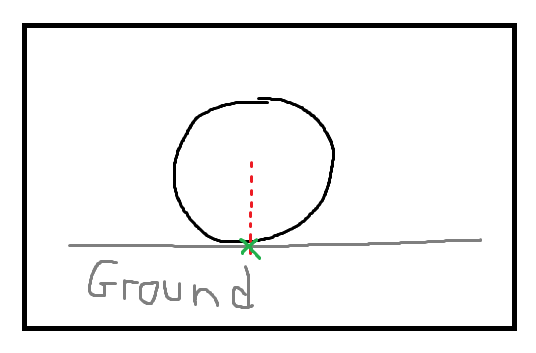

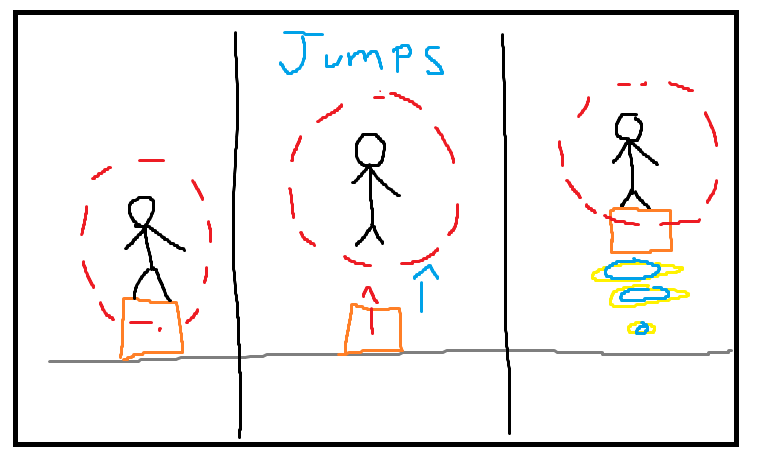


Great article! Now go break some games 😂